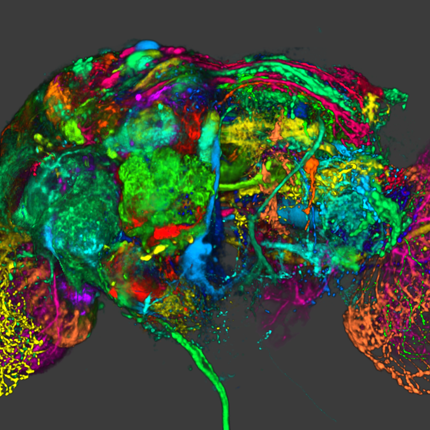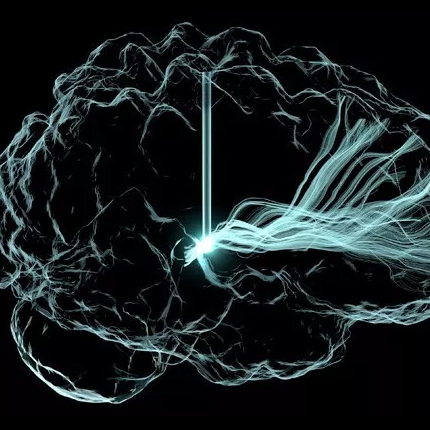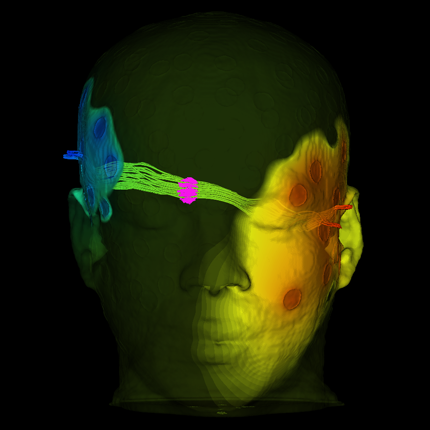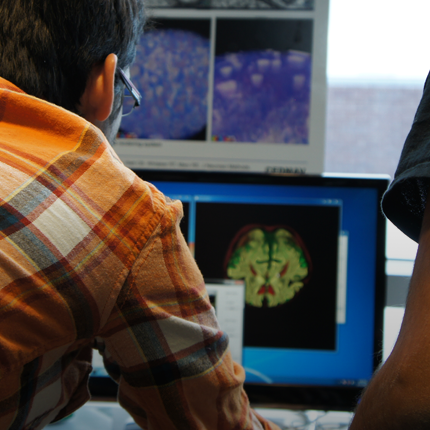News
SCI Acquires Nvidia DGX-1
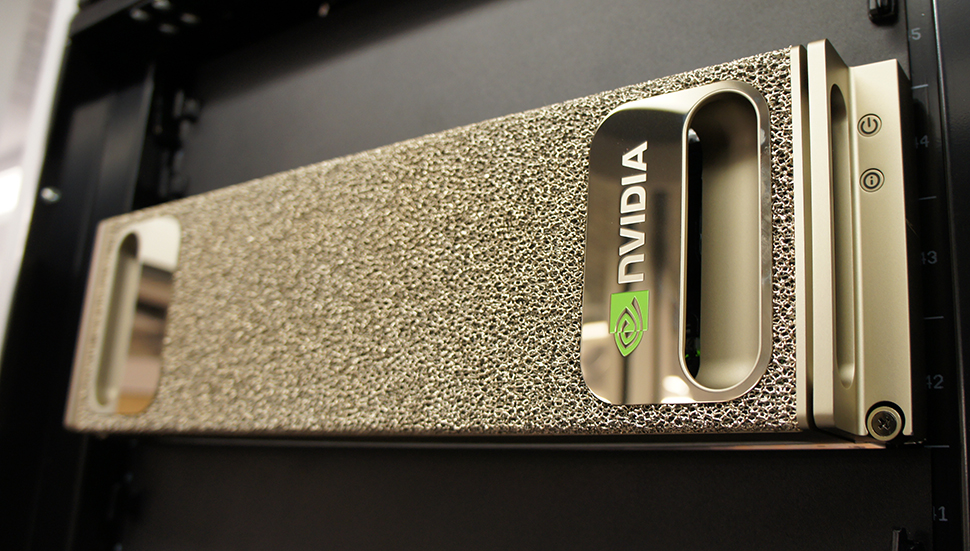 The SCI Institute, in partner with the School of Computing, is excited to announce the acquisition of an Nvidia DGX-1 deep learning system. This will be a shared resource that will be made available freely to all campus researchers interested in deep learning, machine learning and related areas.
The SCI Institute, in partner with the School of Computing, is excited to announce the acquisition of an Nvidia DGX-1 deep learning system. This will be a shared resource that will be made available freely to all campus researchers interested in deep learning, machine learning and related areas.Big data and machine learning are major factors shaping research and innovation now and will continue to be so in the foreseeable future. Deep learning represents the state-of-the-art in machine learning and data analysis.
Snapshots of Life: Muscling in on Development
Posted on July 27, 2017 by Dr. Francis Collins
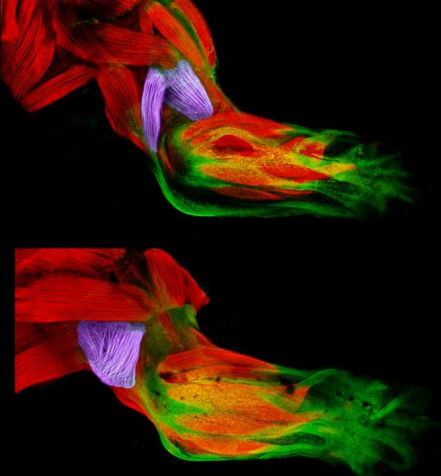 Twice a week, I do an hour of weight training to maintain muscle strength and tone. Millions of Americans do the same, and there's always a lot of attention paid to those upper arm muscles—the biceps and triceps. Less appreciated is another arm muscle that pumps right along during workouts: the brachialis. This muscle—located under the biceps—helps your elbow flex when you are doing all kinds of things, whether curling a 50-pound barbell or just grabbing a bag of groceries or your luggage out of the car.
Twice a week, I do an hour of weight training to maintain muscle strength and tone. Millions of Americans do the same, and there's always a lot of attention paid to those upper arm muscles—the biceps and triceps. Less appreciated is another arm muscle that pumps right along during workouts: the brachialis. This muscle—located under the biceps—helps your elbow flex when you are doing all kinds of things, whether curling a 50-pound barbell or just grabbing a bag of groceries or your luggage out of the car.
Research Initiative Seeks to Understand Neural Pathways in Deep Brain Stimulation
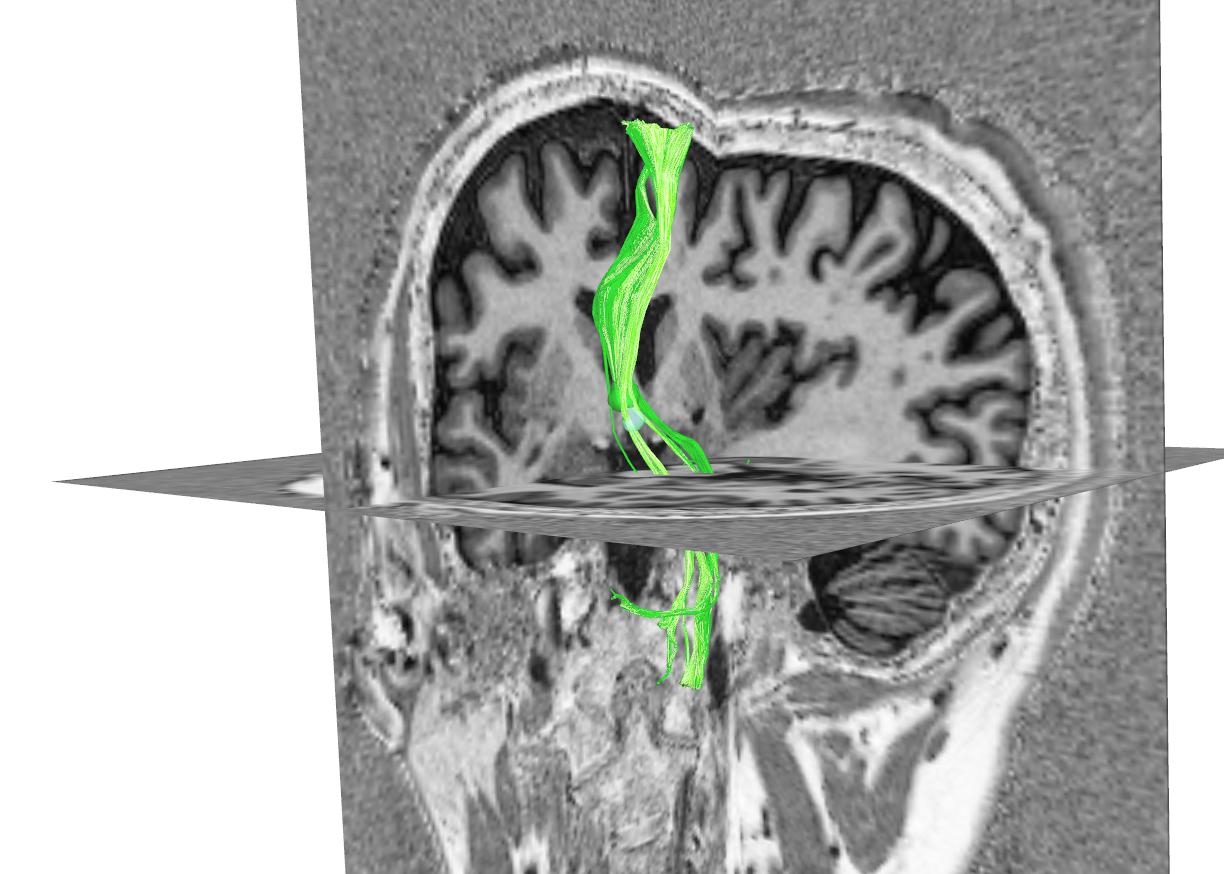 The University of Utah Neuroscience Initiative recently announced Christopher Butson, PhD, Associate Professor in Bioengineering and the Scientific Computing and Imaging Institute, was awarded funding for his project, "Differentiating Neural Circuits Modulated During Therapeutic Versus Ineffective Deep Brain Stimulation".
The University of Utah Neuroscience Initiative recently announced Christopher Butson, PhD, Associate Professor in Bioengineering and the Scientific Computing and Imaging Institute, was awarded funding for his project, "Differentiating Neural Circuits Modulated During Therapeutic Versus Ineffective Deep Brain Stimulation".
Miriah Meyer Interviewed at Women in Data Science 2017
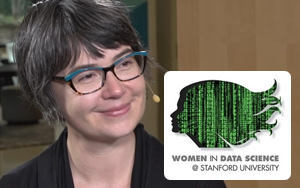 Miriah Meyer, Assistant Professor of Computer Science at University of Utah, sits down with host Lisa Martin at Women in Data Science 2017, at Stanford University in Palo Alto, California.
Miriah Meyer, Assistant Professor of Computer Science at University of Utah, sits down with host Lisa Martin at Women in Data Science 2017, at Stanford University in Palo Alto, California.
Mike Kirby Honored Among Top Researchers at the University of Utah
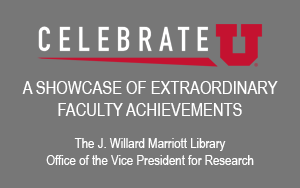 Mike Kirby has been chosen as one of two top researchers in the College of Engineering as part of the CELEBRATE U: A Showcase of Extraordinary Faculty Achievements event hosted by the J. Willard Marriott Library and the Office of the Vice President for Research.
Mike Kirby has been chosen as one of two top researchers in the College of Engineering as part of the CELEBRATE U: A Showcase of Extraordinary Faculty Achievements event hosted by the J. Willard Marriott Library and the Office of the Vice President for Research.
Combating Wear and Tear
University of Utah bioengineers detect early signs of damage in connective tissues such as ligaments, tendons and cartilage
By the time someone realizes they damaged a ligament, tendon or cartilage from too much exercise or other types of physical activity, it's too late. The tissue is stretched and torn and the person is writhing in pain.But a team of researchers led by University of Utah bioengineering professors Jeffrey Weiss and Michael Yu has discovered that damage to collagen, the main building block of all human tissue, can occur much earlier at a molecular level from too much physical stress, alerting doctors and scientists that a patient is on the path to major tissue damage and pain.
Best Paper Award at SIGCSE 2017
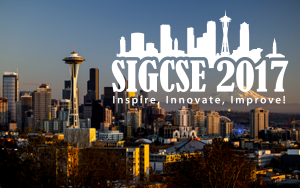 Congratulations to Erik Brunvand and Nina McCurdy whose paper, Making Noise: Using Sound-Art to Explore Technological Fluency, will receive one of three best paper awards at SIGCSE 2017.
Congratulations to Erik Brunvand and Nina McCurdy whose paper, Making Noise: Using Sound-Art to Explore Technological Fluency, will receive one of three best paper awards at SIGCSE 2017.Abstract: We describe our experience designing and delivering a general education technological fluency course that frames the discussion of computer science and engineering technology (electronics and programming) in the context of sound-art: art that uses sound as its medium. This course is aimed at undergraduate students from a wide variety of backgrounds and is designed to fit into the "Intellectual Explorations" area of a general undergraduate program. The goal is to introduce computer engineering and computational principles to non-CS students through an exploration of sound-art, experimental and electronic music, noise-making circuits, hardware hacking, and circuit bending.
Early Science Projects for Aurora Supercomputer Announced
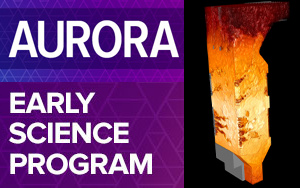 Congratulations to Martin Berzins and the Carbon-Capture Multidisciplinary Simulation Center on their selection as one of ten computational science and engineering research projects for its Aurora Early Science Program starting this month. Aurora, a massively parallel, manycore Intel-Cray supercomputer, will be ALCF's next leadership-class computing resource and is expected to arrive in 2018.
Congratulations to Martin Berzins and the Carbon-Capture Multidisciplinary Simulation Center on their selection as one of ten computational science and engineering research projects for its Aurora Early Science Program starting this month. Aurora, a massively parallel, manycore Intel-Cray supercomputer, will be ALCF's next leadership-class computing resource and is expected to arrive in 2018.
SCI Alum Thiago Ize to Receive Technical Oscar
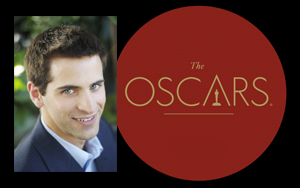 Congratulations to SCI Institute Alumnus Thiago Ize for receiving a Technical Achievement Oscar for his work on ray tracing:
Congratulations to SCI Institute Alumnus Thiago Ize for receiving a Technical Achievement Oscar for his work on ray tracing:To Marcos Fajardo for the creative vision and original implementation of the Arnold Renderer, and to Chris Kulla, Alan King, Thiago Ize and Clifford Stein for their highly optimized geometry engine and novel ray-tracing algorithms which unify the rendering of curves, surfaces, volumetrics and subsurface scattering as developed at Sony Pictures Imageworks and Solid Angle SL.
http://www.oscars.org/news/18-scientific-and-technical-achievements-be-honored-academy-awards-0
Rob MacLeod Elected as a Fellow of the American Institute for Medical and Biological Engineering (AIMBE)
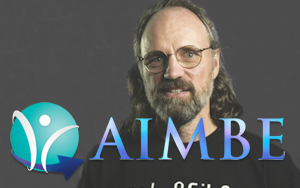 Congratulations to Rob MacLeod for being elected a Fellow of the American Institute for Medical and Biological Engineering (AIMBE). After very careful consideration, including the most rigorous and selective review process in AIMBE's history, Rob was among an impressive group who were elected to the 2017 Class of the College of Fellows.
Congratulations to Rob MacLeod for being elected a Fellow of the American Institute for Medical and Biological Engineering (AIMBE). After very careful consideration, including the most rigorous and selective review process in AIMBE's history, Rob was among an impressive group who were elected to the 2017 Class of the College of Fellows.
Laura Lediaev wins the Utah Rendering Competition for the 3rd straight year
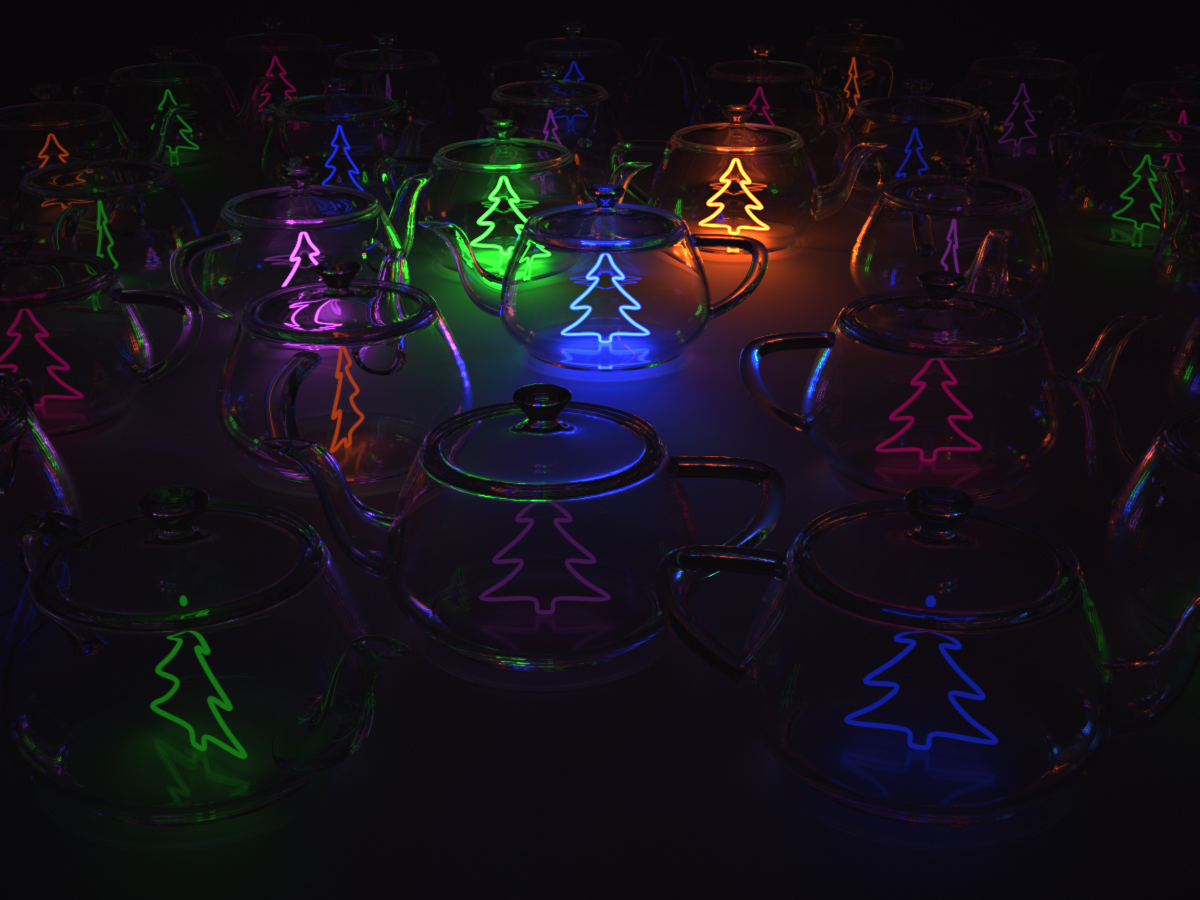 Congratulations to Laura Lediaev, who won the Utah Rendering Competition for the third year in a row. Laura's entry, titled Christmas Teapots, was the overall winner and receiver of the audience choice award. The rendering is based on creating time-varying composites of light layers in order to simulate the effect of twinkling Christmas lights and flickering candles. The scene has 30 lights, one inside each teapot. Light layers are created during rendering by saving the contribution of each light into its own image. This produced 30 images/layers. Each light produced 4,000 samples per pixel. That adds up to 120,000 samples per pixel after compositing. Laura allowed up to 10 diffuse light bounces and 200 specular bounces.
Congratulations to Laura Lediaev, who won the Utah Rendering Competition for the third year in a row. Laura's entry, titled Christmas Teapots, was the overall winner and receiver of the audience choice award. The rendering is based on creating time-varying composites of light layers in order to simulate the effect of twinkling Christmas lights and flickering candles. The scene has 30 lights, one inside each teapot. Light layers are created during rendering by saving the contribution of each light into its own image. This produced 30 images/layers. Each light produced 4,000 samples per pixel. That adds up to 120,000 samples per pixel after compositing. Laura allowed up to 10 diffuse light bounces and 200 specular bounces.For more information on the project, visit http://www.omnigraphica.com/classes/cs6620/contest2016.html

